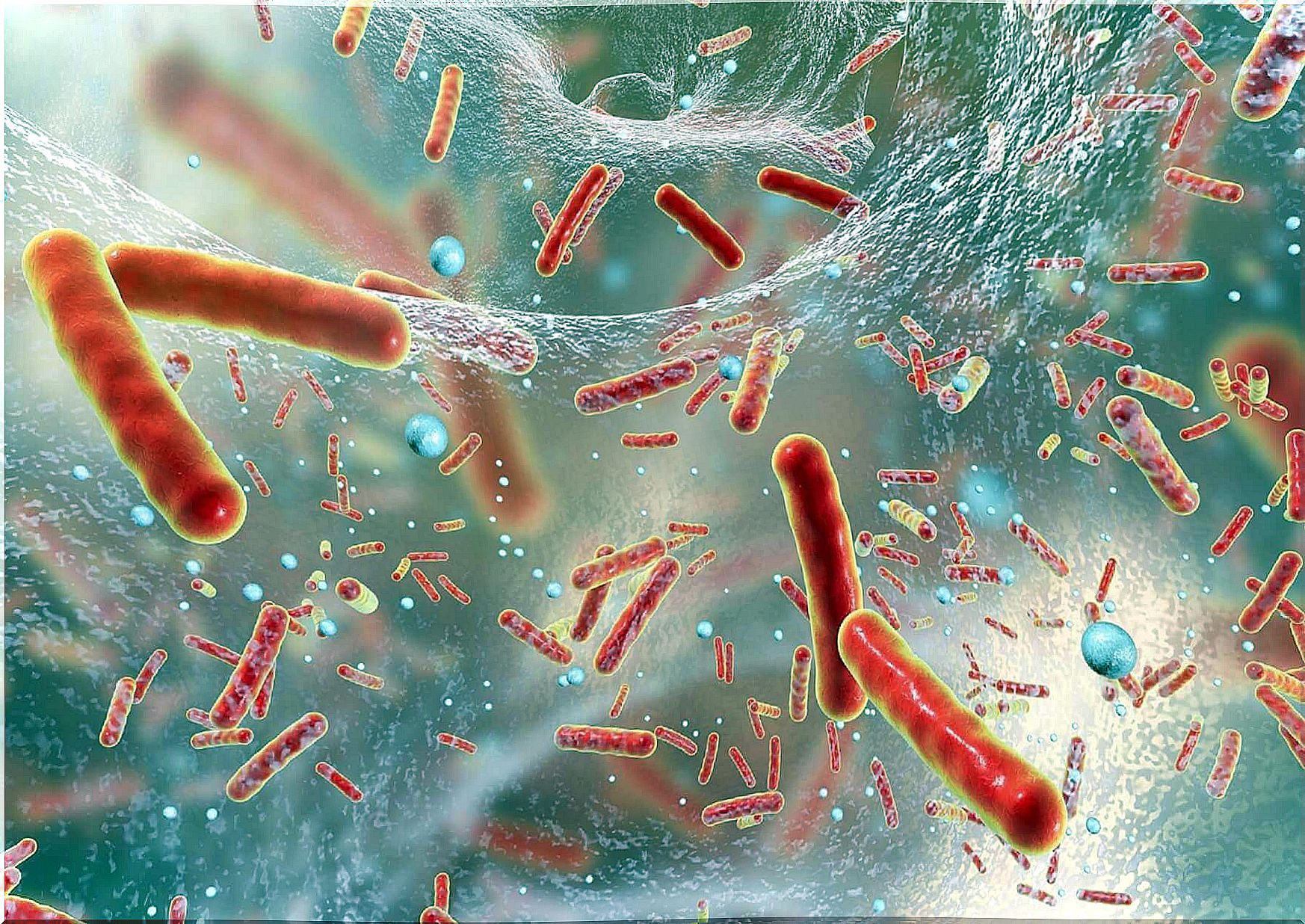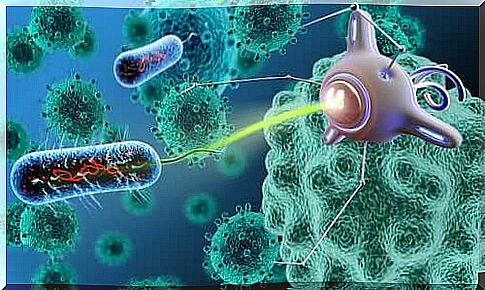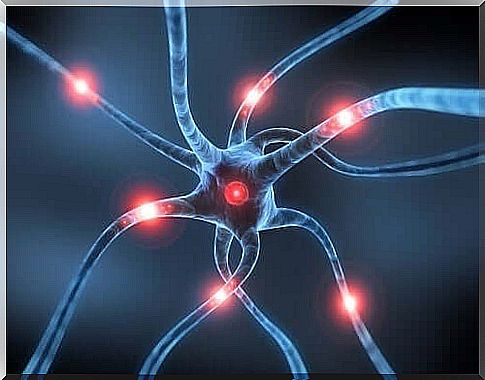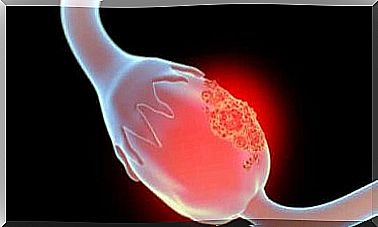Advances In Nanomedicine In Health Sciences
Nanomedicine uses knowledge of nanotechnology in such a way that it particularly targets diseased tissue without damaging healthy tissue.

Currently, the advancements that nanomedicine provides in the health sciences focus on prevention, diagnosis and treatment. Especially pathologies which have a significant impact on the population.
This branch of medicine uses knowledge of nanotechnology by specifically targeting treatments for diseased tissue without damaging healthy tissue.
Nanotechnology is all about the control and manipulation of matter at a scale of less than 1 micron. Therefore, she creates materials and systems with unique properties, capable of performing any function.
Areas of nanomedicine
Nanomedicine includes 3 areas:
1. Nanodiagnosis
It is based on the use of nanodevices and contrast systems. Thus, a more precise, more sensitive and faster detection of a disease in the initial stage is obtained. The devices for nanodiagnostics can be used in vitro or in vivo.
2. Nanotherapy or controlled administration of drugs
This part of nanomedicine focuses on the use of nanostructures that allow the accumulation and controlled delivery of an active substance exclusively in diseased cells.
Nanostructures must:
- Be biocompatible
- Carry medication doses
- Be stable until reaching the target tissue
3. Regenerative nanomedicine
This repairs or replaces damaged tissues or organs through nanotechnology. As a result, it is possible to stimulate the restorative mechanisms of the human body.
Nowadays, theranostic systems are under development. These combine elements for the detection and localized treatment of a disease in a single nanoparticle .
On the other hand, these systems would allow the visualization and the evaluation of the kinetics and the effectiveness of the treatment.
Advances in nanomedicine in oncology

In the field of oncology, the use of nanomedicine has focused on 2 problems common to all types of cancer: diagnosis and the side effects of chemotherapy.
Early diagnosis of cancer significantly increases the chances of a cure. One of the main uses of nanomedicine in this field is the possibility of detecting tumor cells in the early stages of the disease.
In this regard, studies carried out on animal models have revealed that magnetic nanoparticles linked to tumor markers allow cancer to be detected correctly.
This can even occur when the levels of these markers are well below the levels detectable with the methods currently used.
Nanomedicine to avoid side effects of chemotherapy
Chemotherapy is very aggressive treatment. It targets the destruction of cancer cells and has multiple side effects. For example, it also destroys healthy cells.
In the treatment of cancer, nanotechnology makes it possible to “encapsulate” the drugs used in chemotherapy. In this way, it improves their effectiveness and decreases the toxicity in the patient’s organism.
Recently, a group of European researchers created nanospheres capable of penetrating only cancer cells. Therefore, it could prevent the negative effects of chemotherapy like nausea, physical weakness, or hair loss.
Nanomedicine and cardiovascular disease
When it comes to cardiovascular disease, many benefits of nanomedicine have been highlighted. One of the most important is the ability to identify lesions in the arteries at a very early stage.
In addition, some studies are underway in which nanoparticles are able to deliver drugs to affected areas in specific ways.
Neurodegenerative diseases

Diseases like Parkinson’s, Alzheimer’s, or even arthritis can be treated more effectively. This is because nanoparticles go to specific areas of the brain or tissues.
Alzheimer’s disease is characterized by the progressive destruction of neurons. In this regard, the possibility of generating neurons using the mother cells existing in the brain by means of growth factors has been pointed out .
However, if growth factors are injected into the bloodstream, they can be taken up by tissues other than the brain. This problem could also be solved thanks to nanomedicine.
Conclusion
Nanomedicine will make it possible in the near future to better diagnose diseases, and more quickly. In addition, localized and personalized treatments will be developed. Likewise, the course of the diagnosed disease can be monitored more precisely.









